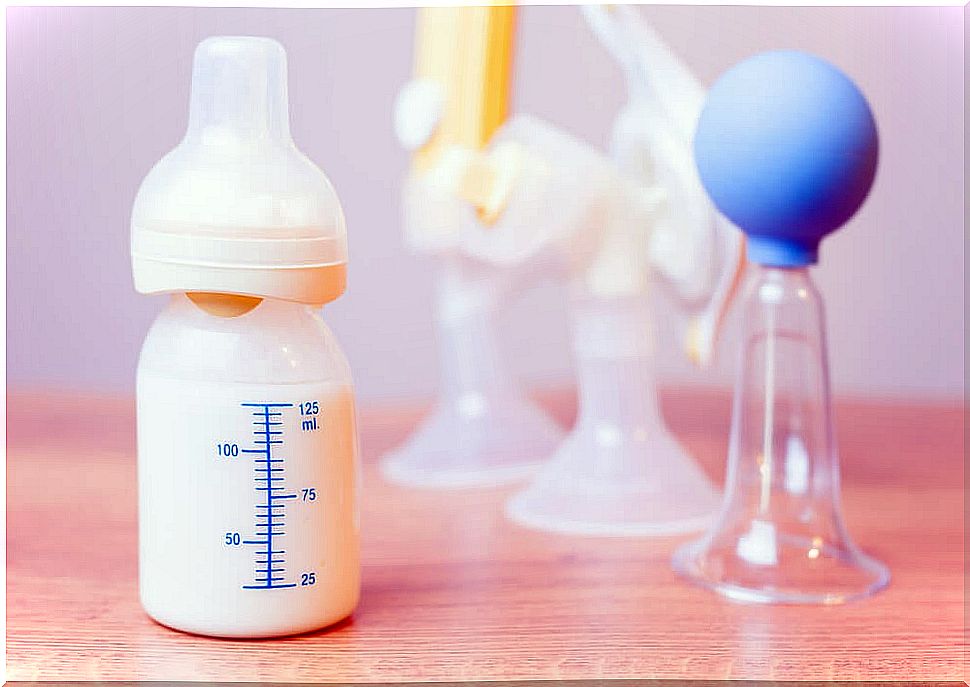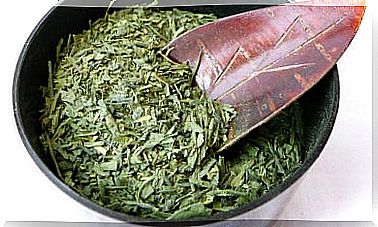What Is The Healthiest Milk For Children?
It has always been considered that milk is an essential food in the diet and that it also provides a great nutritional contribution that must be used from an early age. Now, what is the healthiest milk for children? Is it necessary to opt for a specific variety or brand?
During the first months of life, the most nutritious food par excellence comes directly from the mother. That is, the best option at these ages is breast milk. Then, as babies grow, it is necessary to look for complementary nutritional alternatives to promote their correct development.
There are many alternatives on the market. In general, when you have a baby or a child of few years of age, it is recommended to consult with the pediatrician before beginning to give any alternative. Failure to do this could put your health at risk.
Most baby milk contains essential nutrients such as calcium and vitamin D. However, they also contain many others. However, depending on the brand and type of milk, the amount of these nutrients will vary.

What is the best milk for children, whole or skim?
Four decades ago the choice of baby milk was much easier. The normal thing was that the babies passed directly from mother’s milk to whole cow’s milk. The only differences found in the product were regarding the presentation, which could be powder or liquid.
But the diversification of production allowed the manufacture of novel foods with specific formulas for children. As well as the appearance of skim drinks, whose purpose is to reduce the amount of fat in milk.
Although adults have other types of needs, children who drink whole milk usually obtain a greater amount of vitamin D. It is worth mentioning that without being affected by the high fat content of this traditional product.
On the other hand, babies and children who are not lactose intolerant or overweight are often recommended to drink whole (cow’s) milk.
Cow’s milk has more nutrients
Cow’s milk, being less processed, is one of the most complete drinks from a nutritional point of view. It contains calcium, proteins, vitamin D and B12, among other nutrients that favor the nutrition of the little one.
The high content of vitamin D is essential, because it facilitates the correct absorption of calcium, which is quite positive for the development of children.

Should you opt for skim milk?
For parents of children diagnosed as overweight, it is advisable to choose to include low-fat milk in their diet. This allows them to obtain the benefits of this drink, without promoting body weight gain. In these cases the main objective is to nourish them while helping them lose weight.
In the group of low-fat dairy drinks, formulas rich in vitamins and minerals should be taken into account . It is recommended to look at the nutritional intake table on the containers. Also evaluate which one may be the most appropriate based on the values.
Babies who have excess calcium, hypercalcemia, or suffer from allergies or kidney stones, may opt for less concentrated formulas. The same goes for those who are lactose intolerant. Of course, it is important to consult any specific diet with a specialist.
However, in these cases it is recommended to try the semi-skimmed option. This type of milk maintains a level of 1.8% fat and preserves the essential nutrients for the nutrition of children.
Other foods with calcium

Currently there are other foods rich in calcium. For example, orange juice, spinach, rice, nuts, fish, eggs, among others. Now, there is one in particular that children love and that also contains this mineral, chocolate.
Other dairy products are added to these products, such as cheese and yogurt. Simply put, it’s all about maintaining a balanced diet. Likewise, introduce quality food to the children’s diet.
Milk for children is a food of the utmost importance in their growth. Choosing the most suitable type of milk is an important decision that parents must make according to the advice of the pediatrician.








